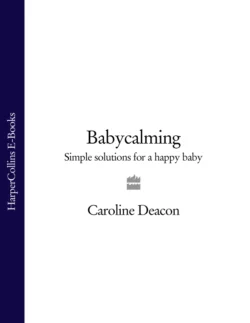Babycalming: Simple Solutions for a Happy Baby

Caroline Deacon
Тип: электронная книга
Жанр: Семейная психология
Язык: на английском языке
Стоимость: 625.04 ₽
Статус: В продаже
Издательство: HarperCollins
Дата публикации: 16.04.2024
Отзывы: Пока нет Добавить отзыв
О книге: This book will show you how to soothe your baby and solve any problems you may come across with sleeping, feeding, crying and colic. Drawing on her experience as a mother and advisor to the NCT, Caroline Deacon has devised a simple but effective 3-step plan to help parents understand and care for their baby’s needs without neglecting their own.Summary of contents• The three basic universal needs of both parent and child are comfort, sleep and food. Caroline Deacon works with these three needs to bring you her three-step plan.• Written in five parts, the first three explain and address the needs of:1) newborns 2) from six weeks 3) from six months 4) from the toddler years. The fifth part focuses on colic and babies who cry a lot, giving parents clear guidance and practical solutions.• Includes other parents′ shared experiences, providing empathy as well as practical advice.